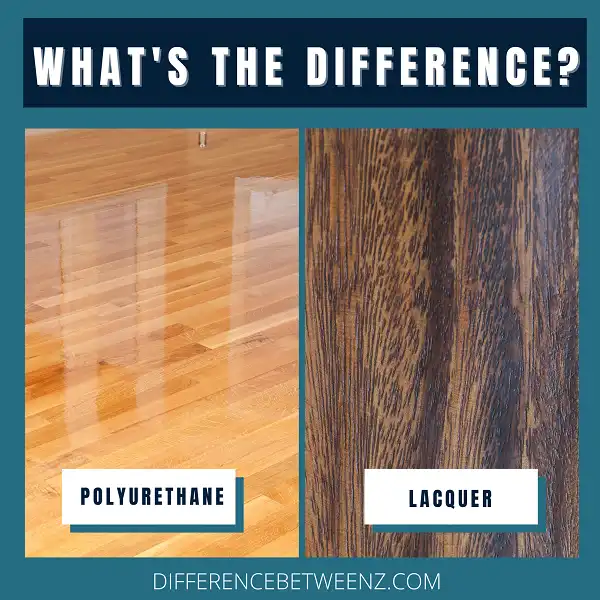Whether it’s for a furniture project like refinishing kitchen cabinets or decorating a room with an accent wall, selecting the right finish can make all the difference in the overall look and feel of your space. One of the most important decisions to make is choosing between polyurethane and lacquer. If you aren’t familiar with these two finishes, this blog post will provide detailed information about them so you can determine which one is best for your next DIY project!
What is Polyurethane?
Polyurethane is an incredibly popular wood furniture finish for a variety of reasons. It is extremely durable and highly resistant to water, scratches, stains, and everyday wear and tear. Polyurethane produces a glossy look that accentuates the beauty of natural wood grains and allows them to be seen more easily. Its sturdy nature also makes
Polyurethane finishes last for years before needing to be recoated or replaced – making it an ideal long-term solution for both residential and commercial spaces. Polyurethane’s versatility makes it suitable for so many different types of furniture, giving people plenty of options when it comes to protecting their prized possessions.
What is Lacquer?
Lacquer furniture finish is a type of product that can be applied to wooden furniture surfaces to create a durable and glossy sheen. Lacquer is made from synthetic resins combined with solvents that work together to form an incredibly strong finish. Lacquer finish dries quickly, effectively resists scratches, and provides superior protection against dirt, dust, and liquids. Lacquer may also require occasional maintenance such as occasional polishing in order to maintain its durability and shine. Lacquer wood furniture has become increasingly popular due to its durability and beauty, making it well-suited for both traditional and modern décor styles.
Difference between Polyurethane and Lacquer
Polyurethane and lacquer often offer similar results when it comes to durable, aesthetically appealing finishes for furniture and other home decorations.
- Yet Polyurethane and Lacquer differ in some fundamental ways.
- Polyurethanes are generally easier to apply as they dry more slowly, giving the user more time to fix any mistakes before it is dried and curing.
- Polyurethanes also resist water damage significantly better than lacquers, making them ideal for pieces that may receive frequent exposure to moisture.
- On the other hand, lacquers tend to dry much quicker while giving a high-gloss finish which Polyurethane cannot replicate.
Ultimately, Polyurethane and Lacquer remain important choices when it comes to adding attractive finishes to your household items.
Conclusion
Though both polyurethane and lacquer are clear finishes that offer protection for your wood furniture, there are a few key differences between the two. Polyurethane is more durable than lacquer, but it can also yellow over time. Lacquer is less durable than polyurethane but will not yellow with age. Ultimately, the decision of whether to use polyurethane or lacquer on your wood furniture depends on your personal preference and the level of protection you need.


